Alfred Stieglitz and the Rise and Fall of the Pictorialism Movement
3 18 Share TweetWe can not talk about the history of photography without talking about the American photographer Alfred Stieglitz; one of the most pivotal figures for the evolution of fine art photography at the beginning of the 20th century.
Editor of Camera Notes first, then Camera Work, his publications were incredibly influential to the American public. Through his pages, he shaped and identified the School of American Photographers.
Stieglitz cultivated and elevated photography in America, but it was because of his experience in Europe, embracing the artistic revolution that was occurring on the old continent that he was able to bring it to the new, with the shows he curated at Gallery 291 in New York.
He was the driving force that established the idea of photography as an art form, granting photography its rightful place in museums, when the first photograph was purchased in America.

In the early days of photography, we could divide those who practiced into two main branches: the working photographer and the amateur one. Amateur photographers distinguished themselves from the ones that had to earn a living with their cameras and therefore practiced photography to satisfy the public taste.
However, ‘amateur’ was not someone lacking knowledge, but rather a person striving for freedom and rule breaking. This fertile soil was the perfect ground for photography to grow as an aesthetic experience.
"A photograph,” it has been said, "shows the art of nature rather than the art of the artist.” This is mere nonsense, as the same remark might be applied equally well to all the fine arts. Nature does not jump into the camera, focus itself, expose itself, develop itself, and print itself. On the contrary, the artist, using photography as a medium, chooses his subject, selects his details, generalizes the whole in the way we have shown, and thus gives his view of nature. This is not copying or imitating nature, but interpreting her, and this is all any artist can do”— P.H.Emerson
Pictorialists, as we know them, believed that photography can produce works of equal power as paintings. Many pictorialist photographers, such as Alvin Langdon Coburn, Edward Steichen, Gertrude Käsebier, and Oscar Gustave Rejlander, were trained as painters themselves.
The Photo-Secession in the U.S, The Linked Ring in England, and the Photo Club de Paris in France are just some of the most illustrious institutions that started to exhibit photography for its aesthetic values, paving the way for the Pictorialist moment to conquer the status of fine art for the photographic process.
When photography is used as a tool of expression such as a brush to a painter, it's laborious work that requires deep knowledge in order to excel. It becomes a vehicle to convey a universal statement and an elevated message.
To the Pictorialist, the use of the medium as an integral form of expression was crucial. Solid technical skills were needed to achieve a product that was aesthetically appealing, therefore a lot of effort was invested in the use of lenses, filters, and printing techniques. The use of soft focus specifically became a hallmark of the movement.
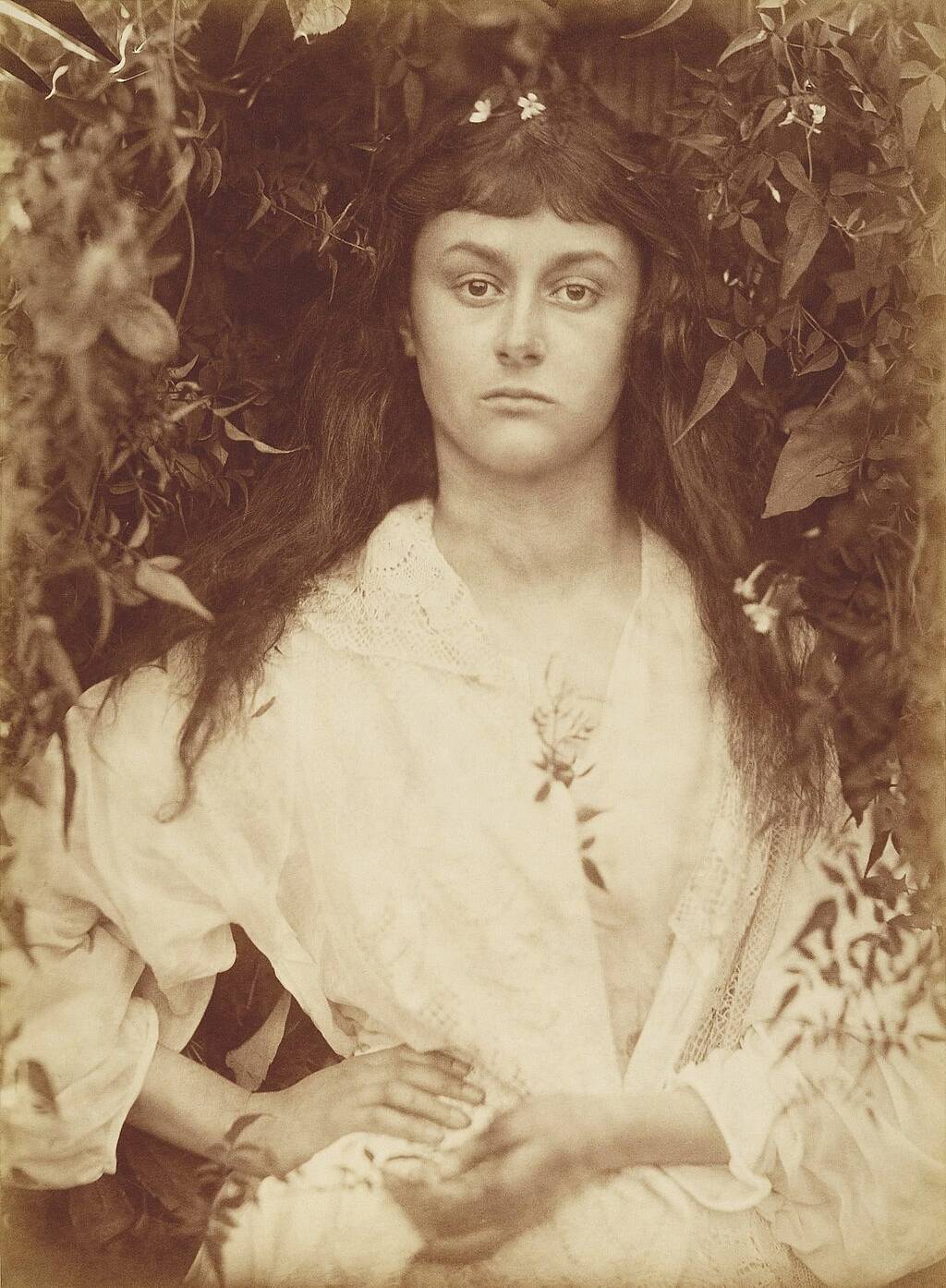
The movement lasted for a relatively short time, only 50-60 years. The most substantial work was made at the beginning of the formation from the pillars of the moment: Alfred Stieglitz, Gertrude Käsebier, Julia Margaret Cameron, Alvin Langdon Coburn, and Edward Steichen, Robert Demachy to name few. Their photographs are timeless. Today we can observe a photograph from the Pictorialists and their poetic and empirical message still strikes through.
Stieglitz, although coming from a wealthy family, never ran his enterprise with the goal of making money, but rather for the sake of art, and thought only of his gallery and the pursuit of a luxurious and perfectly crafted publication with Camera Work. When he met Georgia O'Keeffe and divorced his wealthy wife, his financial situation drastically changed, and his business philosophy could not keep up with the expenses.
The dissolution of the movement was inevitable, especially when at its head there was such an authoritarian figure as Stieglitz, with all the personal complications that he carried.
His interests became bigger and bigger, and consequently, when he started to show more artists from outside the world of photography, many of his colleagues left the Secession group and the flame slowly faded until it was extinguished after World War II.
Are you familiar with the Pictorialism movement and their work? Share you favourite photographer in the comments below.
written by eparrino on 2023-09-17 #culture #alfred-stieglitz #camera-work #camera-notes #pictorialism-movement #gallery-291
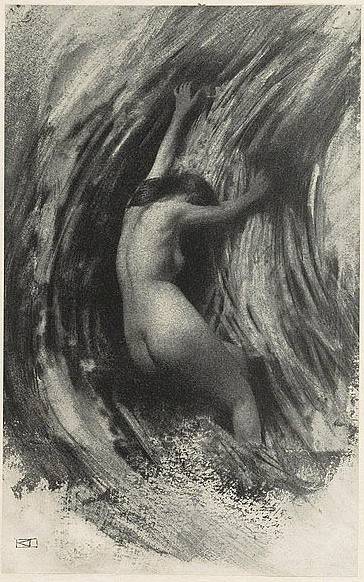
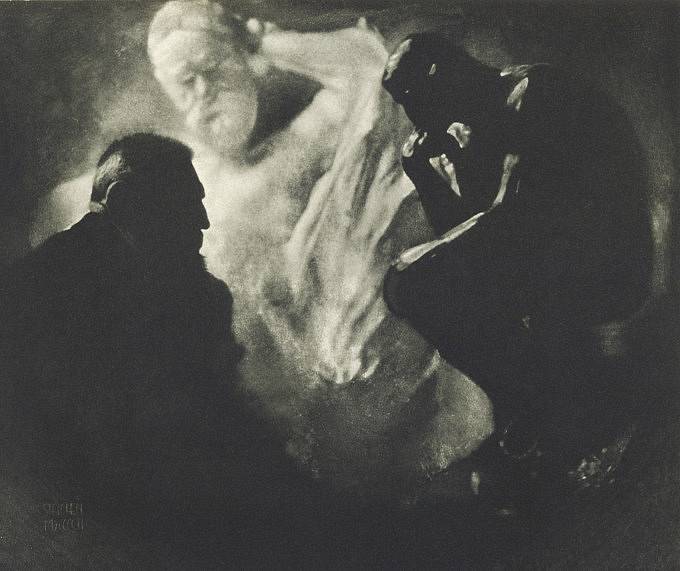

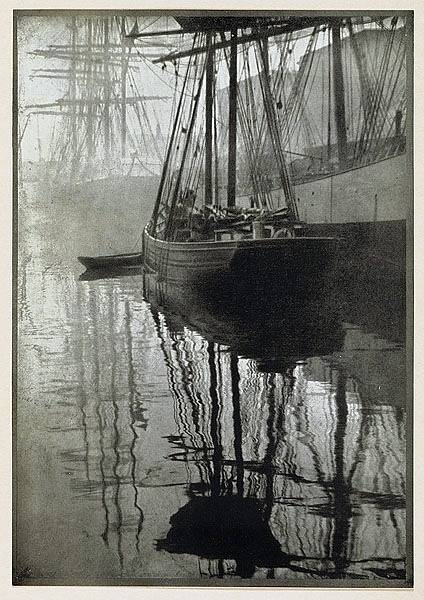
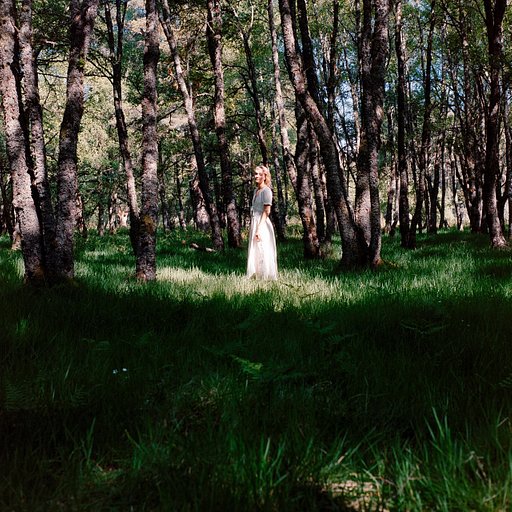















3 Comments